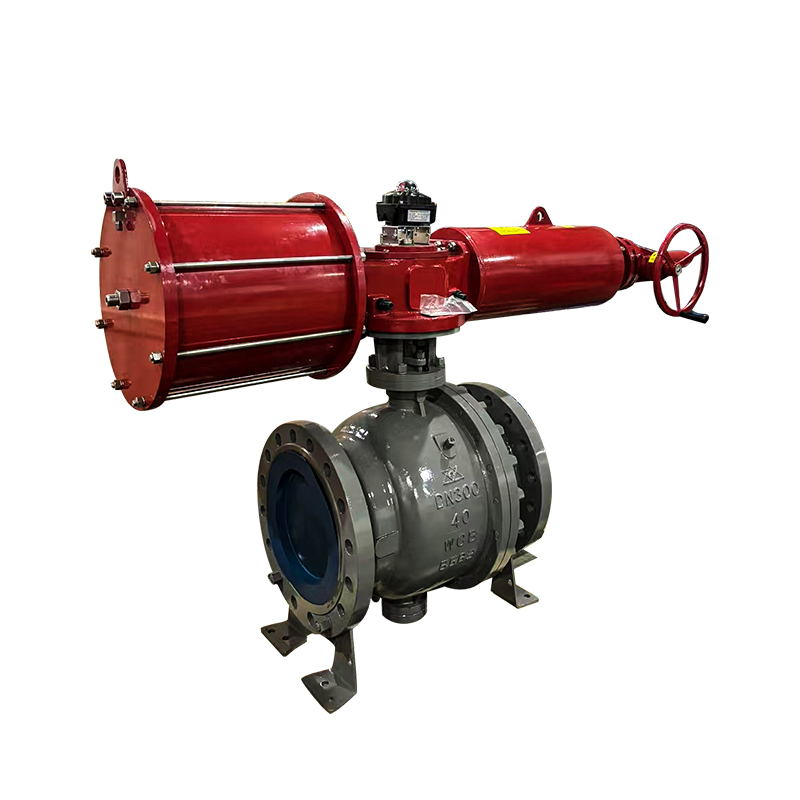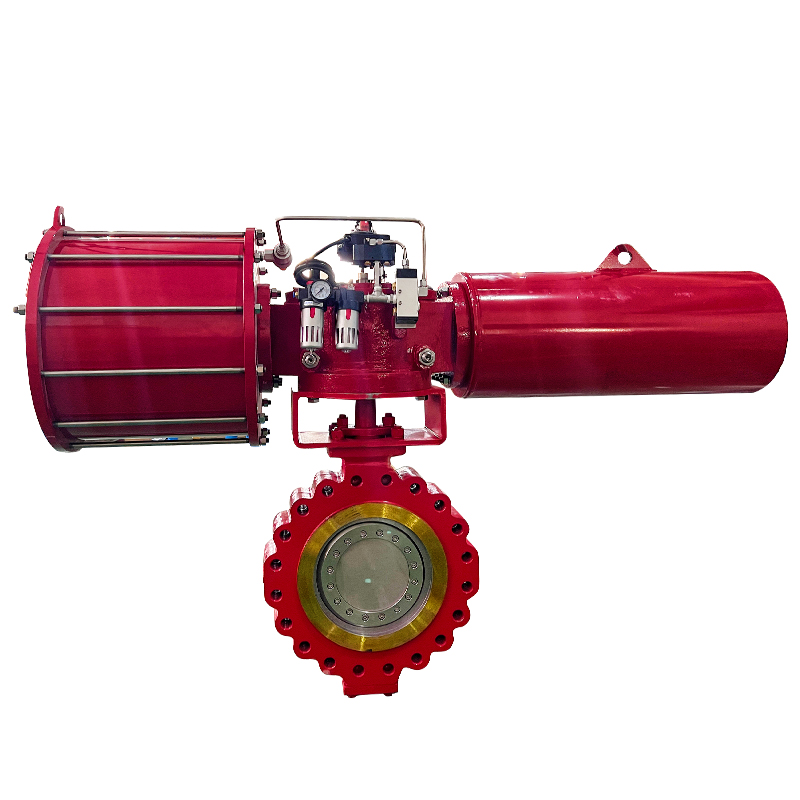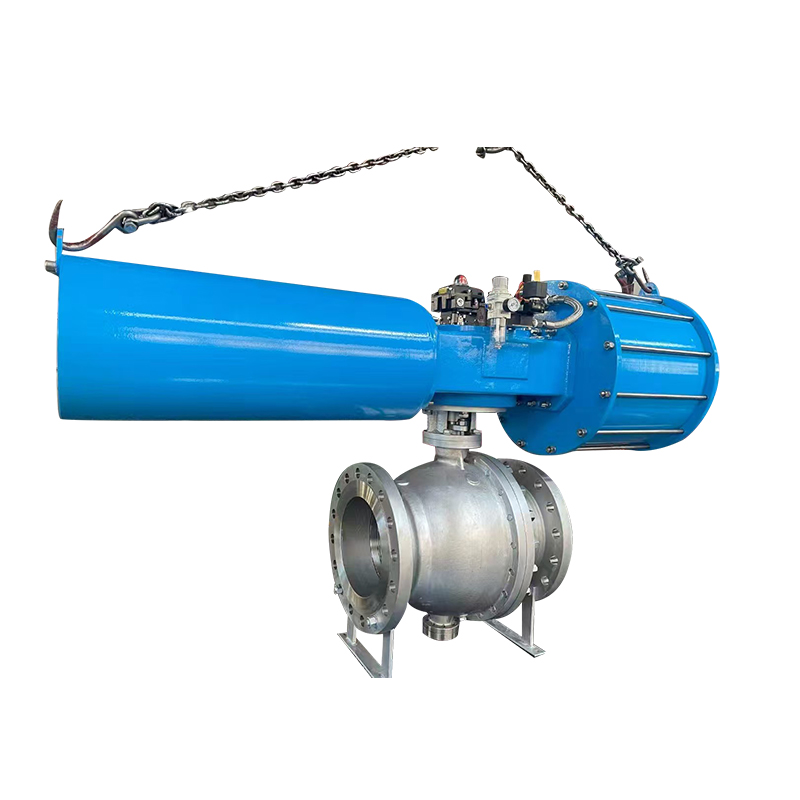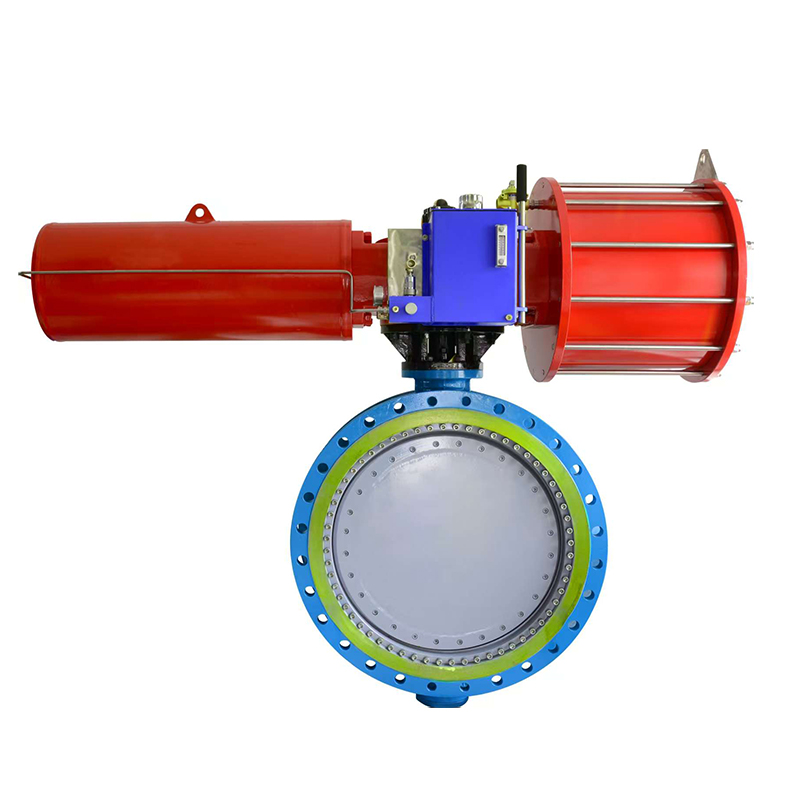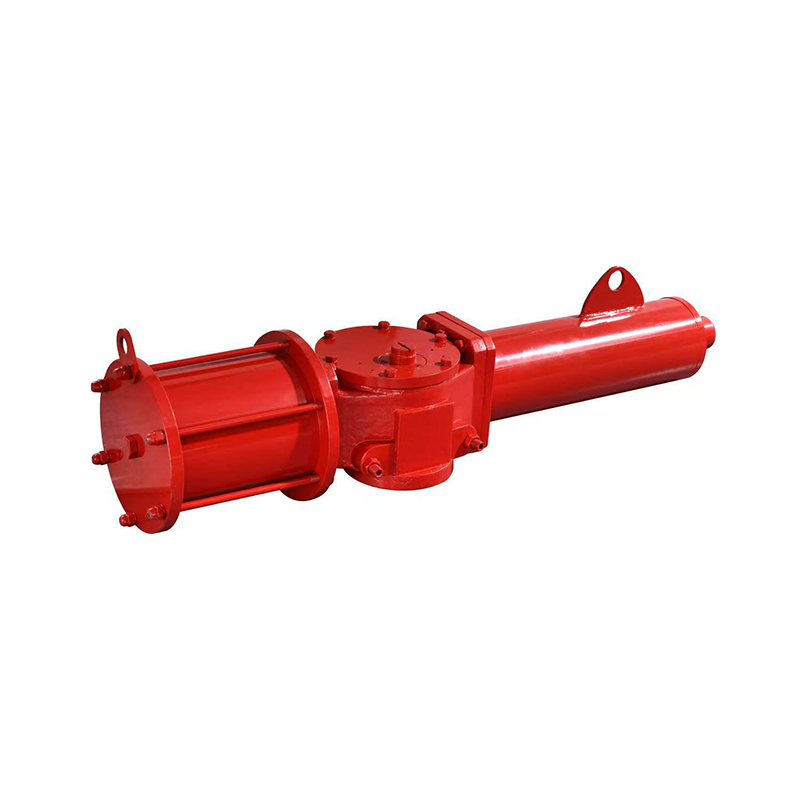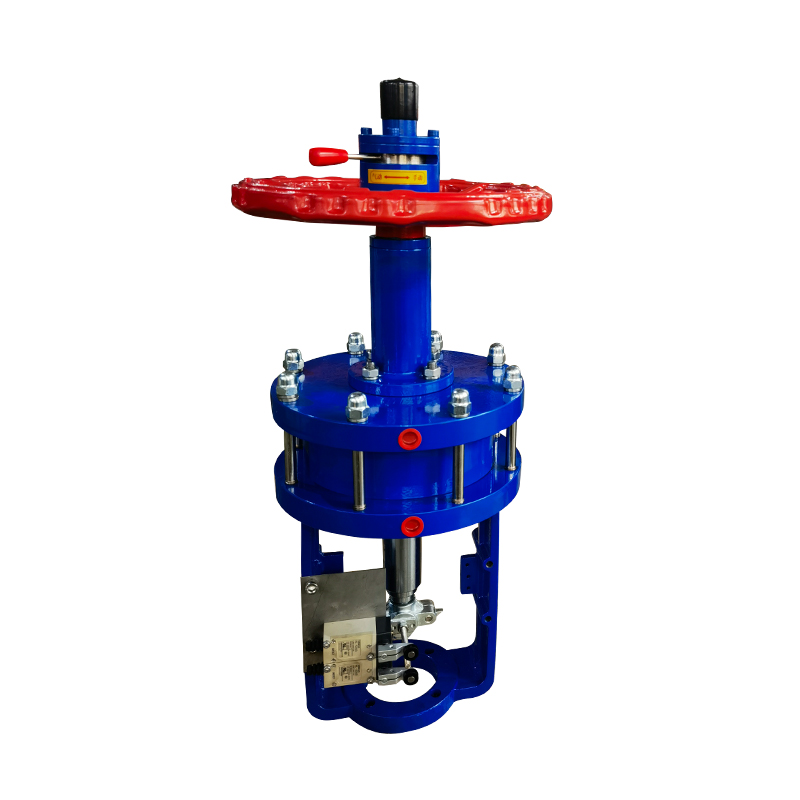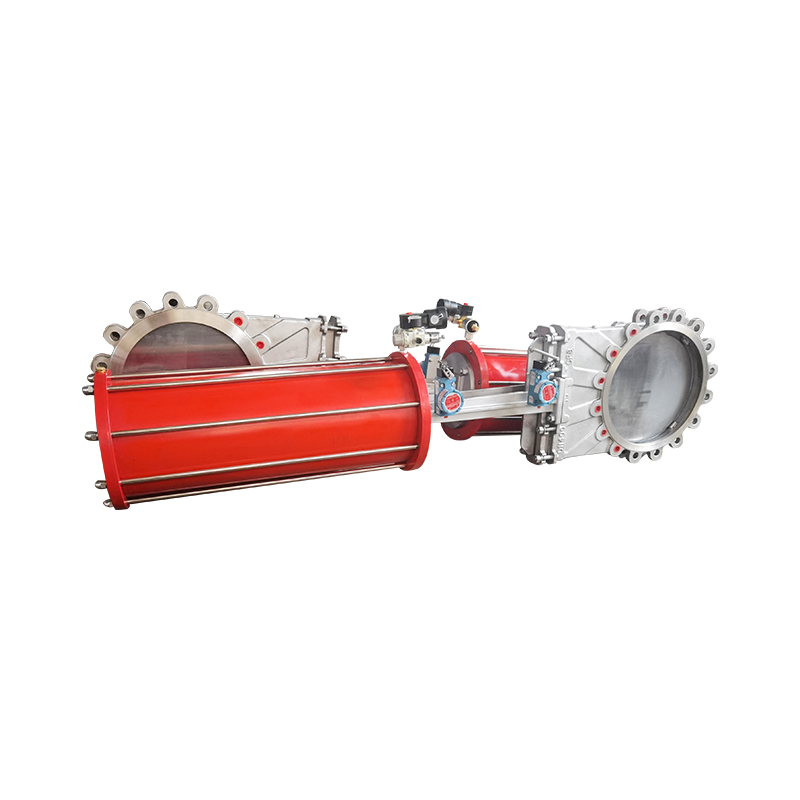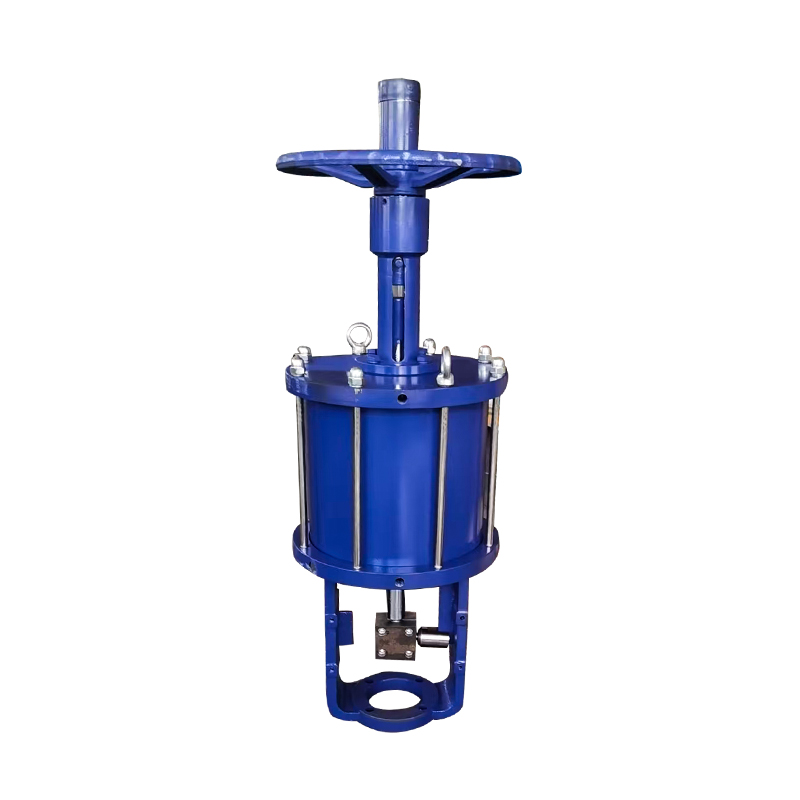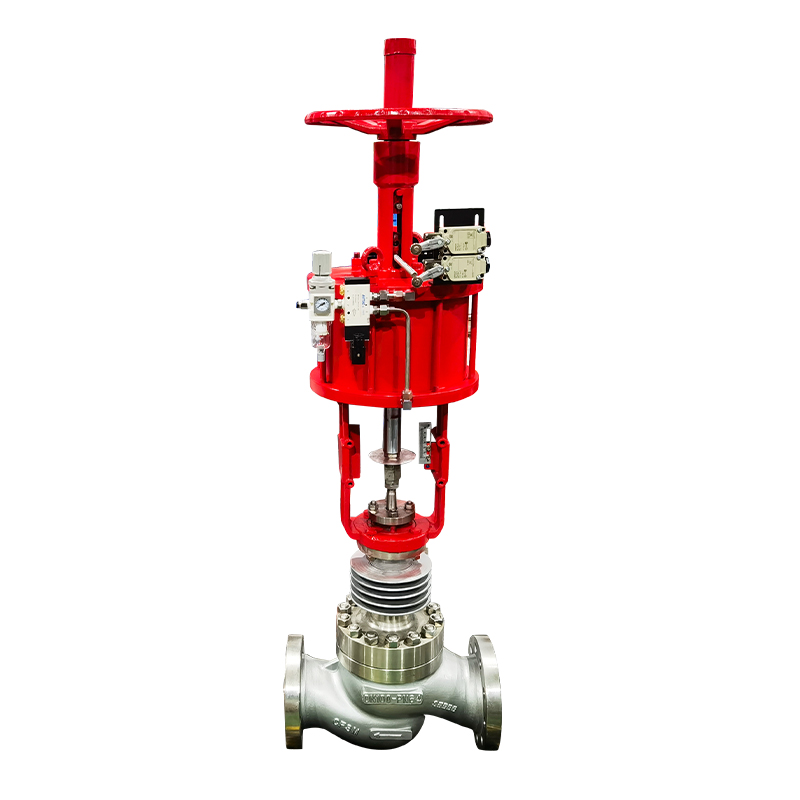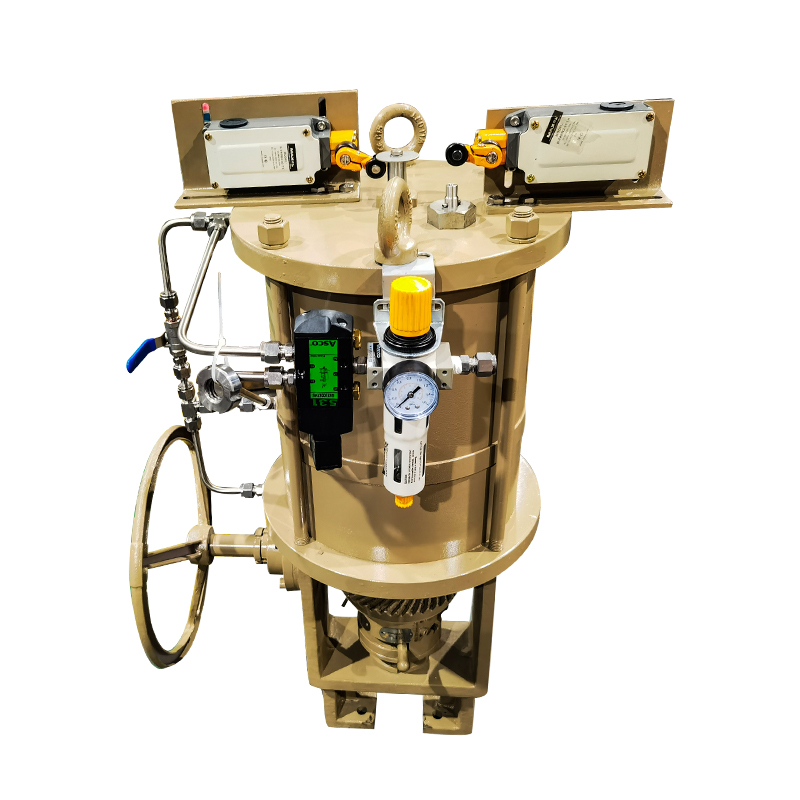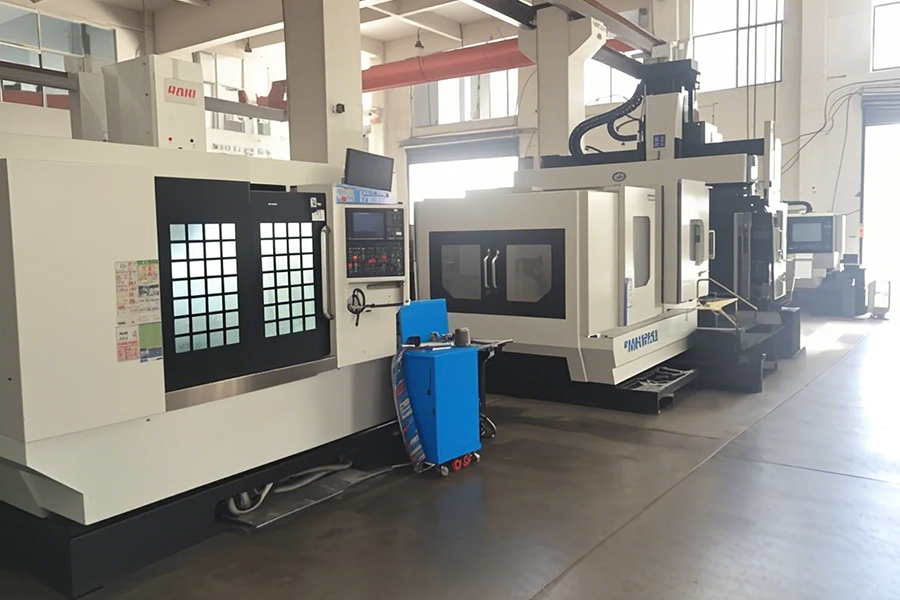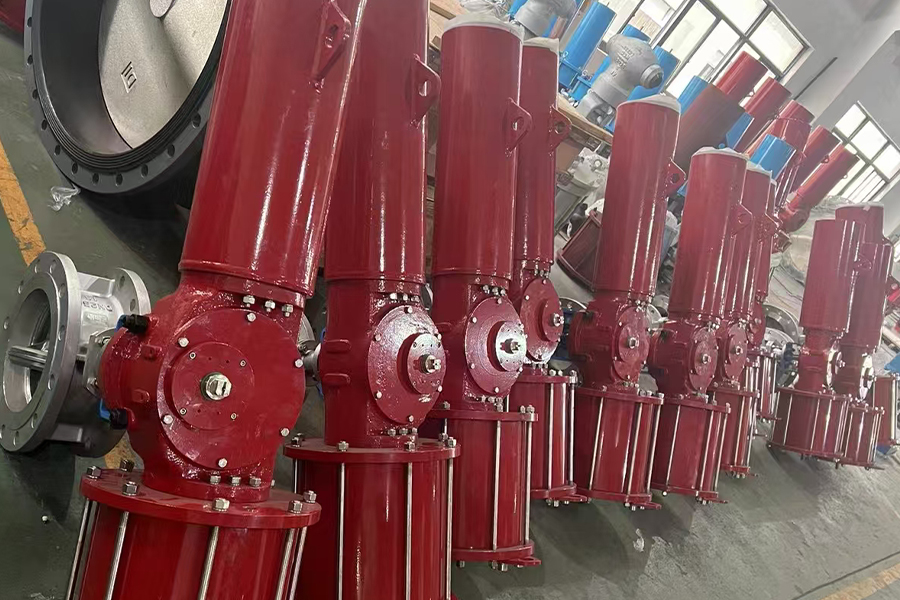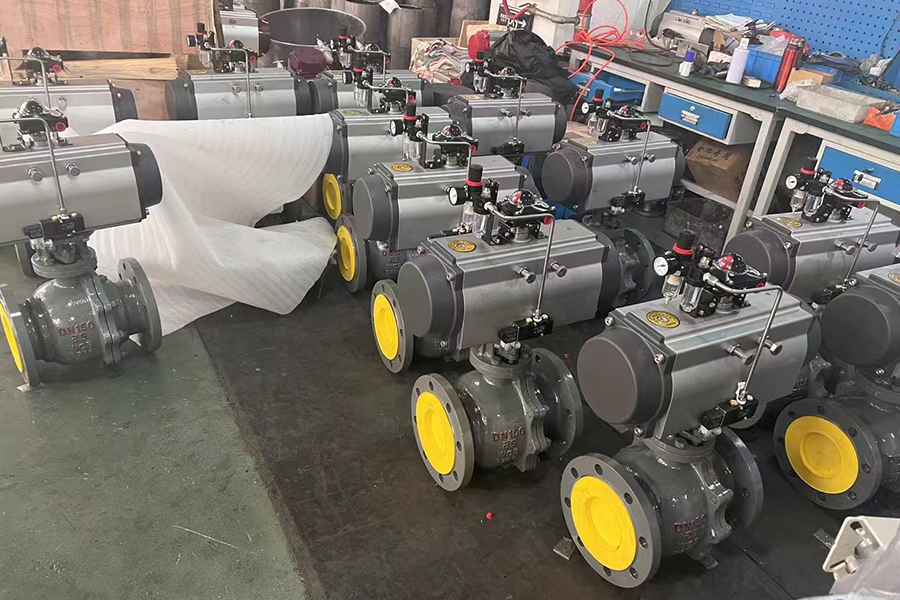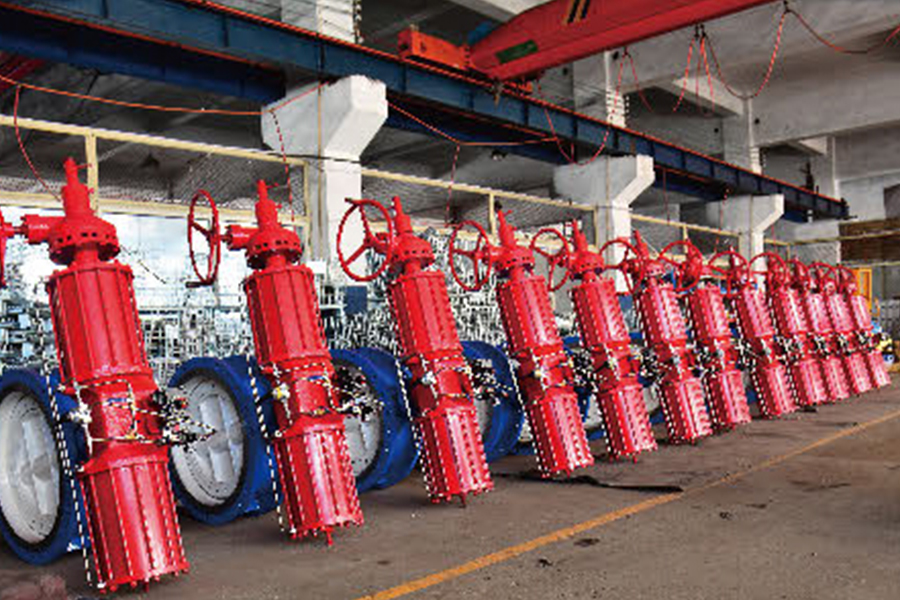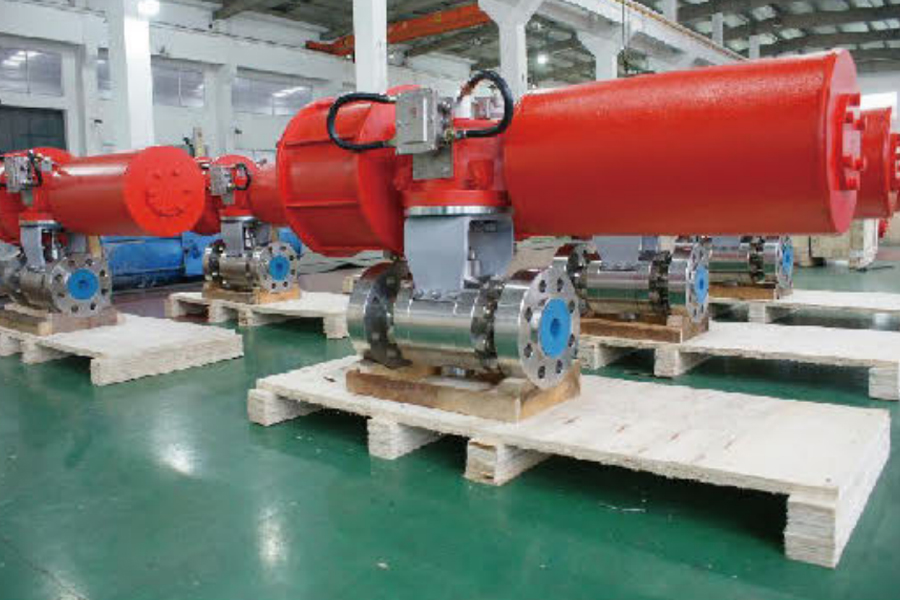Valves are crucial components in many industrial processes, used to control the flow of liquids or gases. Among the various types of valves, pneumatic electric valves have gained attention due to their combined features. Understanding how pneumatic electric valves compare to purely pneumatic or electric valves can help users decide which valve type is best suited for their specific applications.
A pneumatic electric valve is essentially a hybrid device that combines pneumatic actuation with electric control. Unlike purely pneumatic valves that rely solely on compressed air for operation, pneumatic electric valves integrate an electric signal to control the air supply, allowing more precise and remote management. This combination provides a balance between the advantages of pneumatic systems and electric control systems.
Purely pneumatic valves operate by using compressed air to move the valve mechanism. Their main advantages are simplicity and fast response times. These valves are often preferred in environments where electricity may pose a safety risk, such as in explosive or flammable atmospheres. However, purely pneumatic valves usually require a separate pneumatic control system and cannot be controlled directly by electrical signals, which can limit automation flexibility.
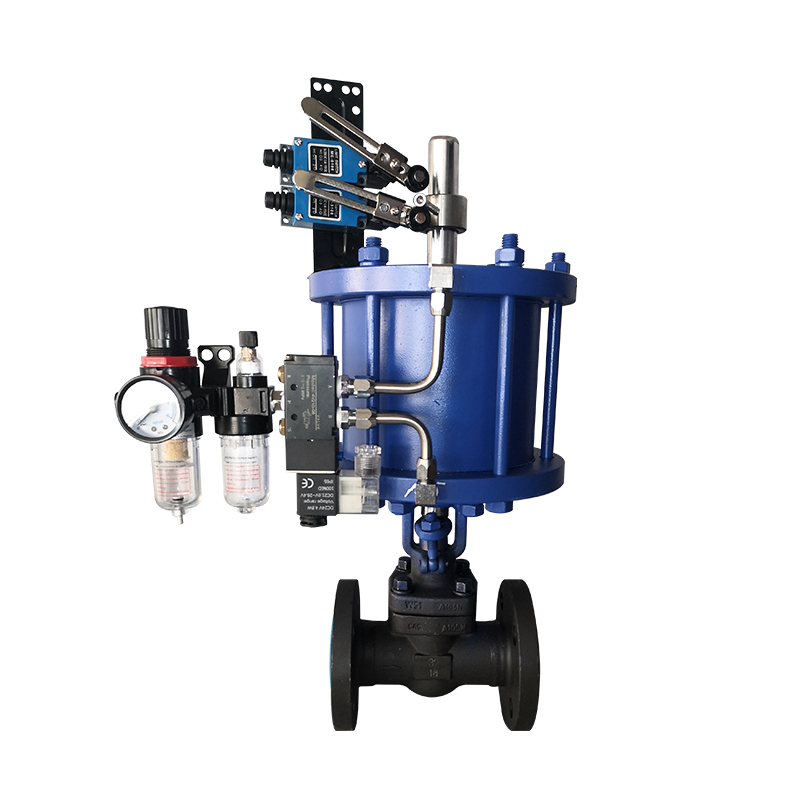
Electric valves, on the other hand, use electric actuators to open or close the valve. These valves offer the benefit of easy integration with modern control systems, enabling remote operation and precise control of flow rates. Electric valves are common in applications where exact positioning is needed. However, their reliance on electrical power makes them less suitable for hazardous environments, and the mechanical complexity of electric actuators may lead to more maintenance.
Pneumatic electric valves aim to address some of these limitations by combining pneumatic actuation with electric control signals. This hybrid approach allows the valve to benefit from the power and reliability of compressed air to move the valve components while using electric signals to regulate the operation. This can improve control accuracy and make the valve more compatible with automated systems.
One advantage of pneumatic electric valves over purely pneumatic valves is the ease of integration with electronic control systems. Because the valve responds to electric signals, it can be controlled by programmable logic controllers (PLCs) or other automated systems without needing additional pneumatic control devices. This makes pneumatic electric valves a practical choice for industries seeking to improve automation without fully switching to electric actuators.
Compared to purely electric valves, pneumatic electric valves often require less electrical power since the main force to move the valve comes from compressed air. This can reduce energy consumption and improve safety in areas where electrical components must be minimized. Furthermore, pneumatic electric valves can sometimes offer faster actuation speeds than electric valves because air pressure can quickly move valve parts.
Maintenance considerations also differ among these valve types. Purely pneumatic valves typically have fewer mechanical parts and can be simpler to maintain. Electric valves might need more attention due to the complexity of the electric actuators. Pneumatic electric valves fall somewhere in between, requiring both pneumatic system upkeep and monitoring of electrical control components.
Choosing between these valve types depends on the specific requirements of the application. For facilities prioritizing safety in hazardous environments and simplicity, purely pneumatic valves may be preferred. For processes requiring precise control and full integration with automated control systems, electric valves can be suitable. Pneumatic electric valves offer a middle ground by combining pneumatic power with electric control, balancing automation capability and operational safety.
Pneumatic electric valves provide a hybrid solution that bridges the gap between purely pneumatic and electric valves. Their ability to be controlled electrically while utilizing pneumatic force makes them versatile for various industrial settings. Understanding the differences and similarities between pneumatic electric valves and other valve types can help users select the most appropriate option for their operational needs.








